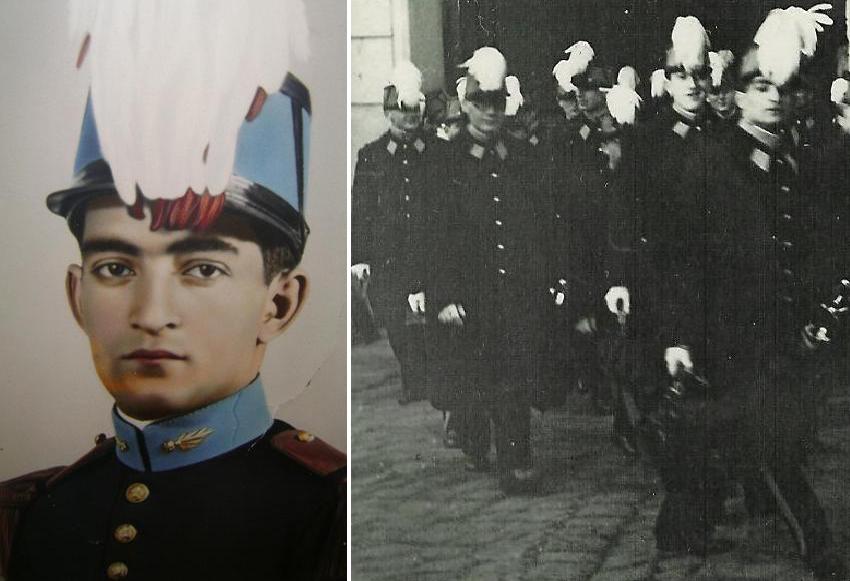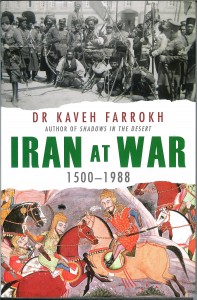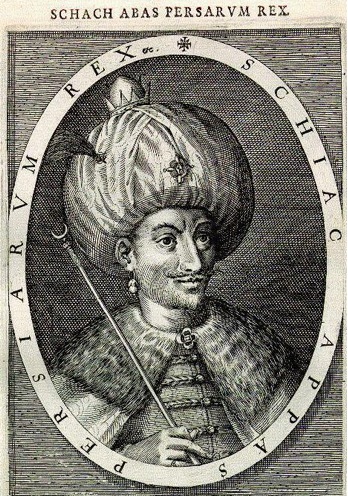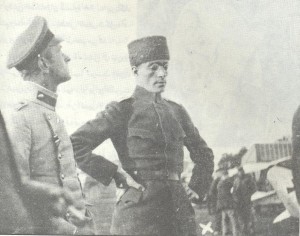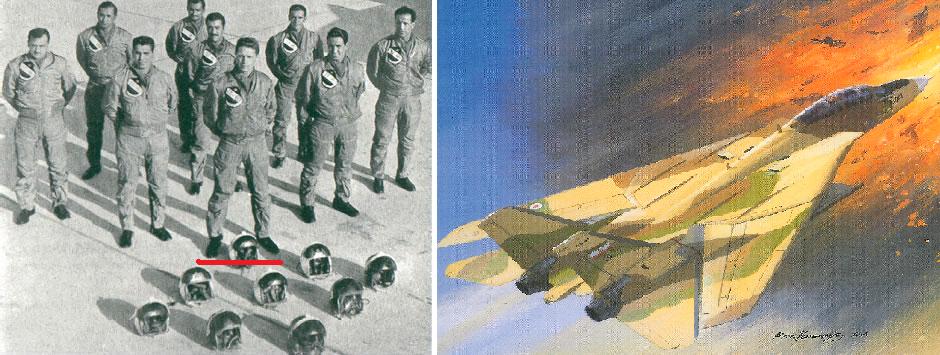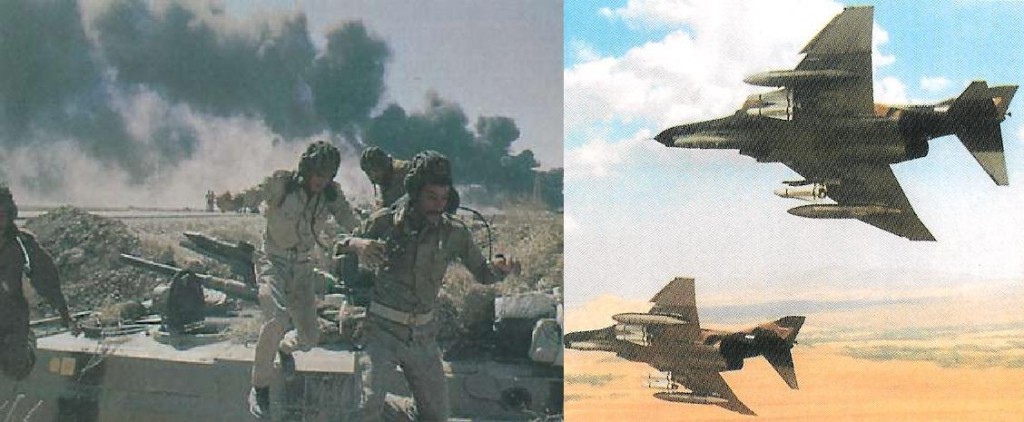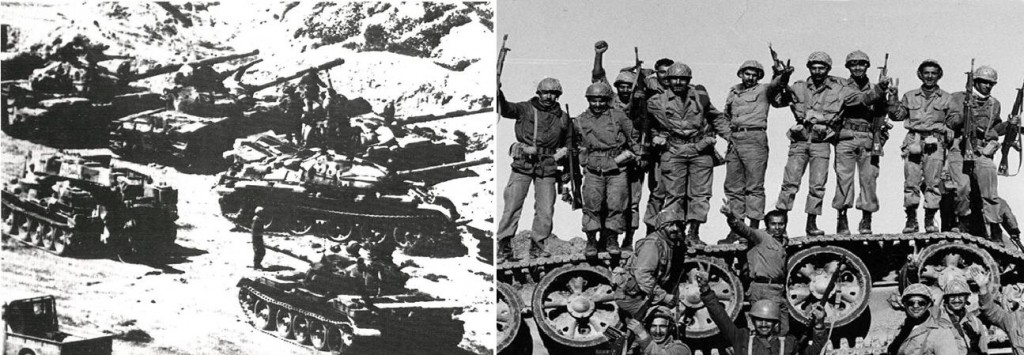The Voice of America’s Behmod Mokri interviewed Kaveh Farrokh in New York on his recent text, Iran at War: 1500-1988 on August 14, 2011:
Iran at War: 1500-1988. Osprey Hardcover 480 pages, released May 24, 2011 • ISBN: 978-1-84603-491-6. Contact: John Tintera, Marketing Director @ 718/433-4402, [email protected].
To order consult Chapters-Indigo or Amazon.
Farrokh has been interviewed on Iran at War by the following radio stations:
- WFLA-AM, Tampa Florida (June 17, 2011)
- WHFS-AM Washington DC (July 1, 2011)
- KCMN-AM, Colorado Springs (july 5, 2011)
- Money Matters Network – Stu Taylor on Business, National Syndicated (July 7, 2011)
- WGTD-FM Milwaukee WI (July 12, 2011)
- Mark Johnson Show, WDEV, Burlington VT (July 19, 2011)
[CLICK TO ENLARGE] The above assembly area as it appears today in Tehran 2011. As noted in the above 1926 photo, the assembly area seen in the previous photo was the Iranian Army headquarters -ستاد ارتش- at the time which today is the Iranian University of the Fine Arts -دانشکده هنر-. This is a very large building – the southern and western angles of this building are connected to the Iranian Ministry of Foreign Affairs- وزارتخارجه -. A beautfiul building known as the “Hakhamaneshi” [Achaemenid] -هخامنشی- which has been built in the Persepolis style is now the Ministry of Foreign Affairs – وزارتخارجه-and is located to the south of the former Iranian Army Headquarters. The above photos were taken in 2011 from the southern angle of the assembly area. -دو عکس از نمای جنوبی همان ساختمان است -محوطه ساختمانی که قبلا ستاد ارتش بوده و الان دانشکده هنر است ساختمان بسیار بزرگی است ضلع جنوبی و غربی آن به ساختمانهای وزارتخارجه وصل است. ساختمان بسیار زیبای معروف به هخامنشی که به سبک تخت جمشید ساخته شده و الان متعلق به وزارتخارجه است در ضلع جنوبی آن است- The Wall Street Journal and the Reuters News Service have published a review which has also appeared on ,The New York Herald, ABC News (ABC 13, ABC 18, ABC 40), NBC News (NBC 6, NBC 10, NBC 12, NBC 38), CBS News (CBS 9), Fox News (Fox 19, Fox 26, Fox 28, Fox 42, Fox 54) and The Nashvile News. See also Payvand News of Iran report. The University of British Columbia’s Faculty of Arts has also announced this book on Twitter. Below are portions of the review on the Wall Street Journal – kindly note that the pictures inserted in the text below have not appeared in the Wall Street journal: Kaveh Farrokh is an expert on Persian languages and Iranian history whose new book, Iran at War: 1500-1988, provides a full examination of modern Iranian military history… His previous title Shadows in the Desert: Ancient Persia at War (Osprey, 2007) was named “Best History Book” by the World Academy of Arts Literature and Media in 2008. Dr. Patrick Hunt at Stanford University, said this about it, ”… a book for all who have ever been curious about the ‘other’ view on Persia, not from the Western standpoint rooted in Greece, but from the traditions of the Persians themselves… Meticulously researched and documented….. A European copper engraving of Shah Abbas made by Dominicus Custos citing him as“Schach Abas Persarum Rex” or “Shah Abbas the Great monarch of Persia”. Shah Abbas’ victories over the Ottomans weakened them against the Europeans to the West, and especially in the Balkans and Eastern Europe. Note how Custos makes a particular emphasis on linking Shah Abbas to the “Mnemona Cyrus” (the Memory of Cyrus the Great of Persia). Iran at War begins where Shadows in the Desert ended, with the Arab conquest of Persia and the rise of Islam in the mid-7th century. Farrokh then describes the pivotal 16th century which saw the rise of a powerful family, the Safavids, which ruled Iran for 200 years. During the Safavid period, a strong, secular-minded central government fielded an army that was able to stare down threats from the Turks, Arabs, and Russians in the west and the Uzbeks and Afghans in the east. According to Farrokh, the push south, east, and west from Iran’s hostile neighbors during this era foreshadowed security threats it has faced down to the current day … “For readers interested in geopolitics, Iran at War provides much needed insight into “the state of mind” of the Iranian people…that set the Iranians apart from their neighbors. His analysis of the Iranian revolution in 1979 and the subsequent Iran-Iraq war provides important background information …” Colonel Taghi-Khan Pesyan (1891-1921) in Imperial Germany (note German officer to the left) during World War One (Picture from page 143, Mehdi Farrokh, “Khaterate Siyasiye Farrokh” [Political memoirs of Farrokh], Tehran: Amir Kabir Publications, 1968). Mehdi Farrokh noted that Pesyan was”Motehaver” [ultra-courageous]. Pesyan had in fact flown several combat missions for the German air force during World War One, reputedly shooting down up to 25 British aircraft. It is believed that Pesyan was decorated with the “Eisernes Kreuz” [Iron Cross] by the Germans for his daring exploits in air to air combat. An Iranian officer during his graduation ceremony from the St. Cyr Ecole de Guerre (Military academy) in France in circa 1932-1933 (graduation photo at left and graduation ceremony at St. Cyr at right). This student graduated with top honours and was reputed to be one of the most capable students of St. Cyr at the time (he was even given the title of “Sur Royanne”). [CLICK TO ENLARGE] – LEFT: Nader Jahanbani the flight leader of the Golden Crown aerial acrobatic team in 1960 (highlighted by red line) (Source: IIAF website). RIGHT: Painting of an Iranian air force F-14A depicted in combat during the Iran-Iraq war (picture by Osprey Publishing’s “Iranian F-14 Tomcat Units in Combat” by Tom Cooper and Farzad Bishop, 2004). Nader Jahanbani worked hard to inculcate world-class air to air combat skills among Iranian fighter pilots. Iranian Tomcats repelled Russian flown Mig-25s iviolating Iranian air space before the 1978-1979 revolution and downed several Iraqi air force aircraft in 1980-1988, including aircraft flown by Western, Soviet and Pakistani pilots (for more on this topic consultIran at War: 1500-1988,, 2011, pp. 397, 401). Tayyara! Tayyara! (Arabic: Airplane! Airplane!). Iraqi crew of a BMP invading Iran in 1980 (at left) abandon their vehicle in haste at the sound of the roaring engines of two US-made Iranian F-4E Phantoms. Iranian Phantoms (at right) were also reported to be flying just meters above ground level to fire their 20mm cannon at Iraqi tanks and armored vehicles (Picture Source at left: www.Acig.org; Picture Source at right: Farrokh, 2011). [CLICK TO ENLARGE] –Elements of the Iraqi 12th Armored Division assemble at Fakkeh (in the Dezful area) on March 23rd 1982 to rescue remnants of the Iraqi 4th Army Corps crushed by a powerful Iranian offensive (Left – Steven J. Zaloga, Modern Soviet Combat Tanks, Osprey Vanguard 37, pp.32). As these units deployed to attack, they were bombed and strafed by up to 95 Iranian F-4 and F-5 combat aircraft. The Iraqi 12th Armored Division was virtually eliminated. At right are Iranian regular army troops atop an overturned Iraqi tank of the 12th armoured division (source: www.shahed.isaar.ir). Note that the vehicle has been overturned as a result of aerial bombardment by Iranian F-4 and F-5 combat aircraft. 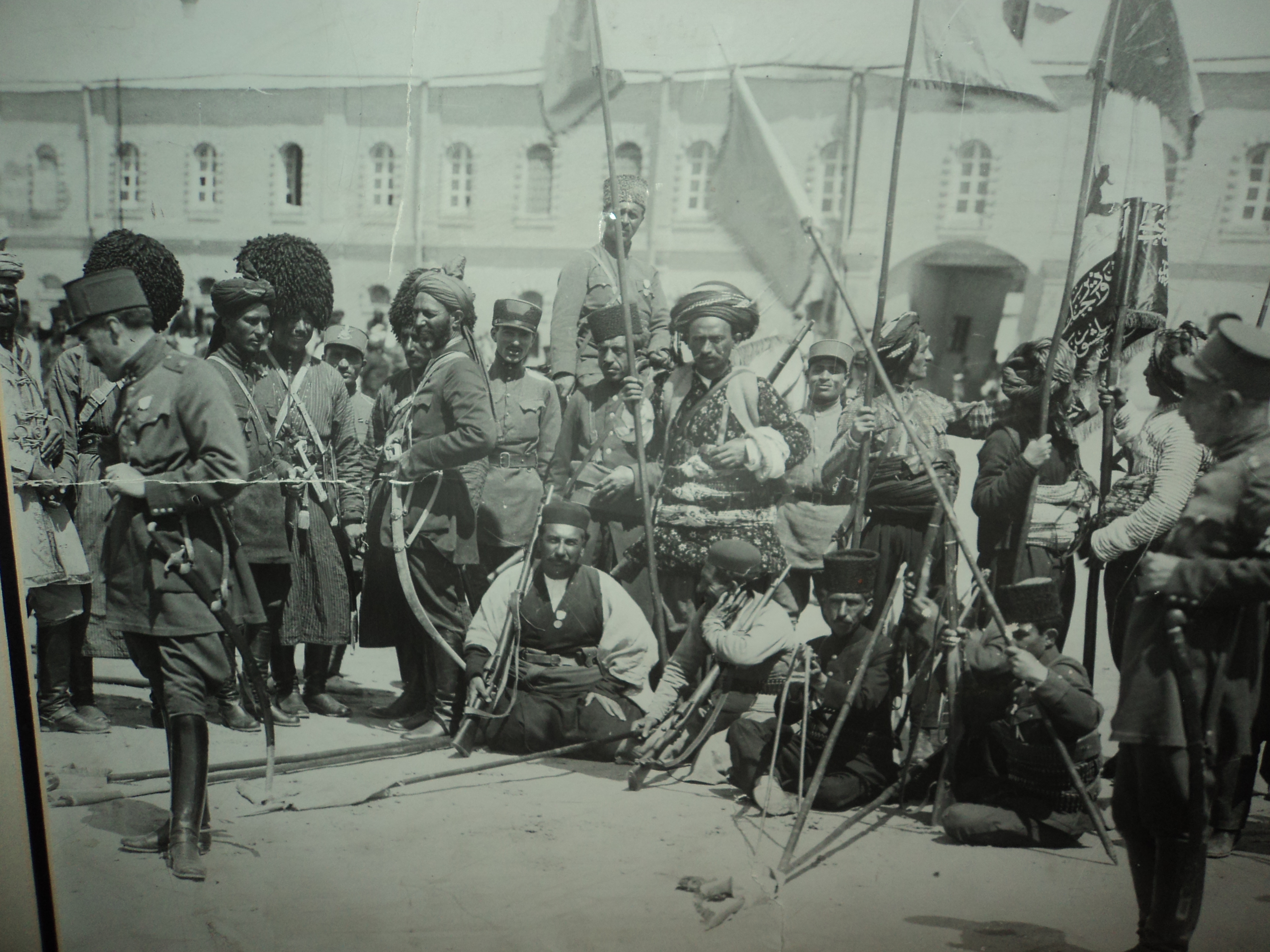 Cover jacket of Iran at War: 1500-1988.
Cover jacket of Iran at War: 1500-1988.